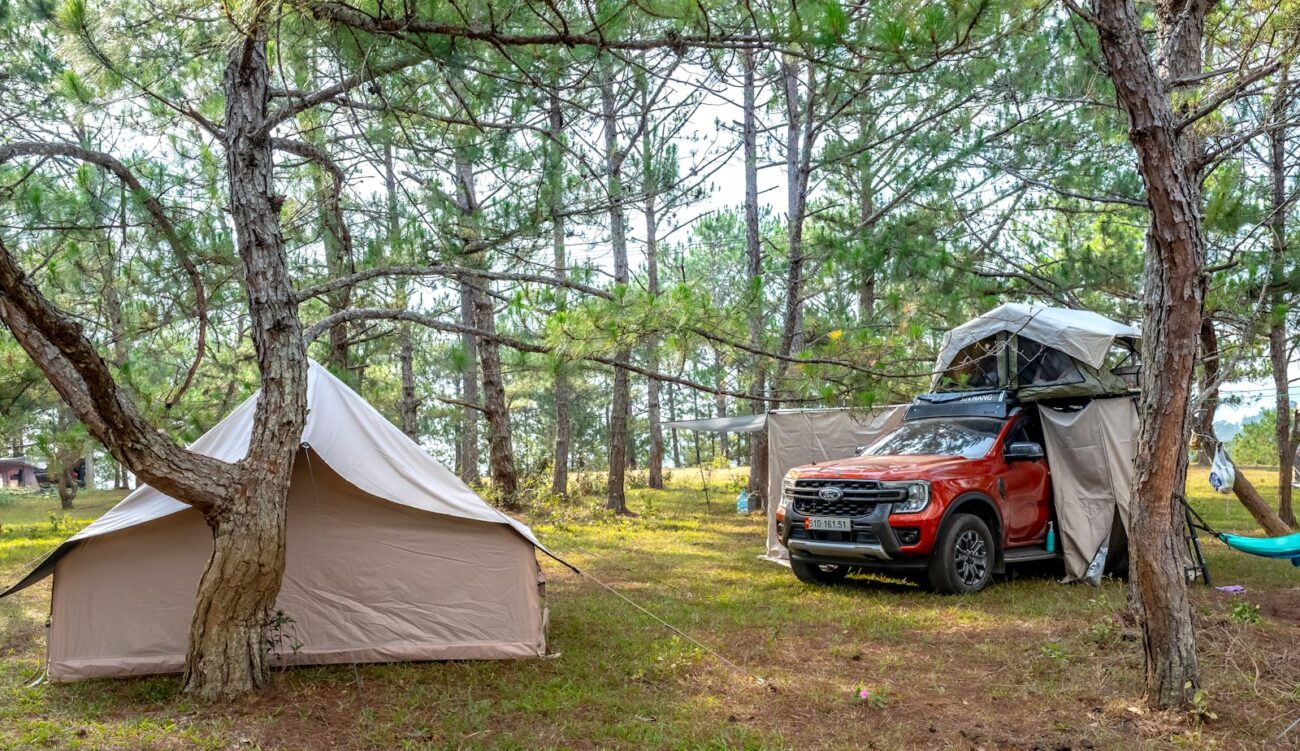Camping comes in various forms, each offering a unique way to experience the great outdoors. Whether you’re a novice seeking comfort or an experienced adventurer craving solitude, understanding the spectrum from car camping to backcountry exploration can help you choose the perfect outdoor experience. The difference between pulling up to a designated campsite with your vehicle loaded with supplies and hiking miles into the wilderness with everything on your back represents two entirely different camping philosophies. This guide will walk you through the various camping styles, their requirements, challenges, and rewards to help you determine which approach aligns with your outdoor aspirations, fitness level, and comfort needs.
Understanding Car Camping: The Convenient Gateway to Outdoor Adventure
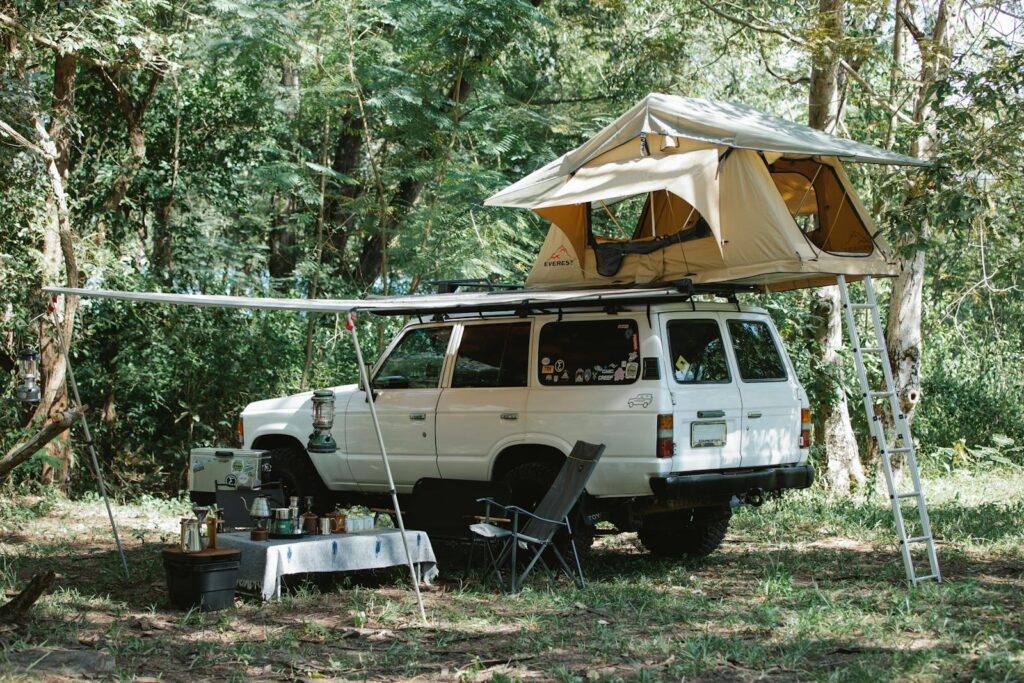
Car camping represents the most accessible entry point into the camping world, where you drive directly to your campsite and unload your gear just steps from your vehicle. This approach eliminates the physical demands of carrying equipment over long distances, allowing you to bring bulkier comfort items like large tents, coolers filled with fresh food, camp chairs, and even portable grills. Campgrounds designed for car camping typically offer amenities such as picnic tables, fire rings, nearby restrooms, and sometimes even showers and electrical hookups. For families with young children, those testing out camping for the first time, or anyone who appreciates having modern conveniences nearby, car camping provides an ideal balance of outdoor immersion without sacrificing too many comforts of home.
Benefits of Car Camping for Beginners and Families
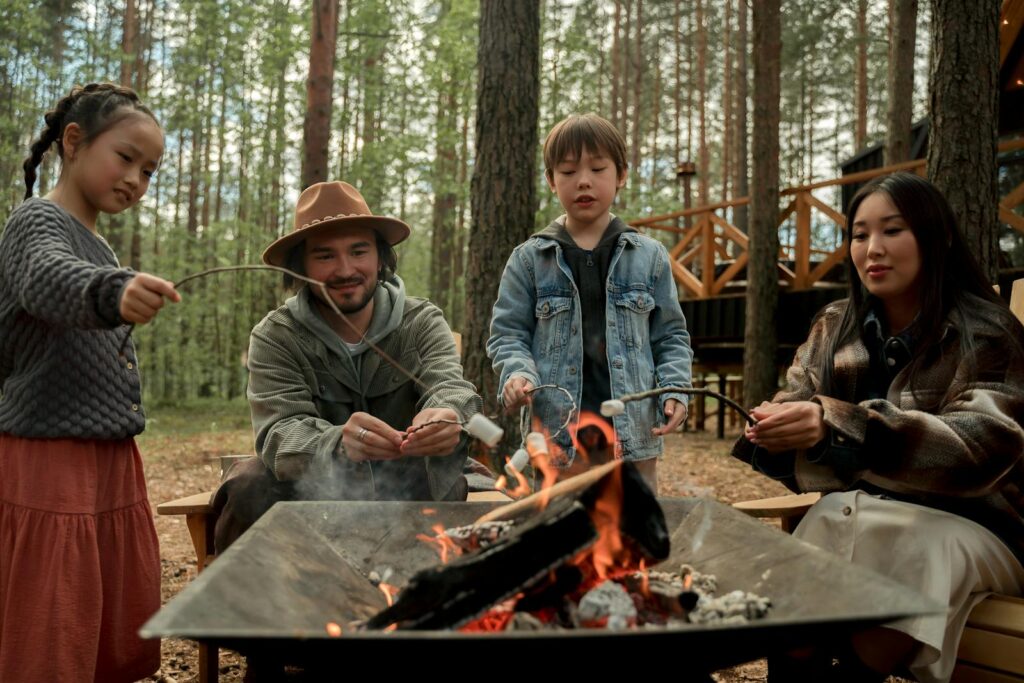
The accessibility of car camping makes it particularly appealing for those new to outdoor recreation or camping with family members of varying ages and abilities. The proximity to your vehicle serves as both a practical advantage and a psychological safety net, knowing you can quickly access additional supplies or leave if weather turns severe. Families appreciate the ability to bring toys, games, and comfort items that keep children engaged and happy throughout the camping experience. The communal nature of most car camping sites offers opportunities for social interaction, with children often finding playmates at neighboring campsites. Additionally, many established campgrounds are strategically located near attractions like swimming areas, hiking trails, or visitor centers, providing structured activities for campers without requiring additional travel once you’ve set up camp.
Essential Gear for Comfortable Car Camping
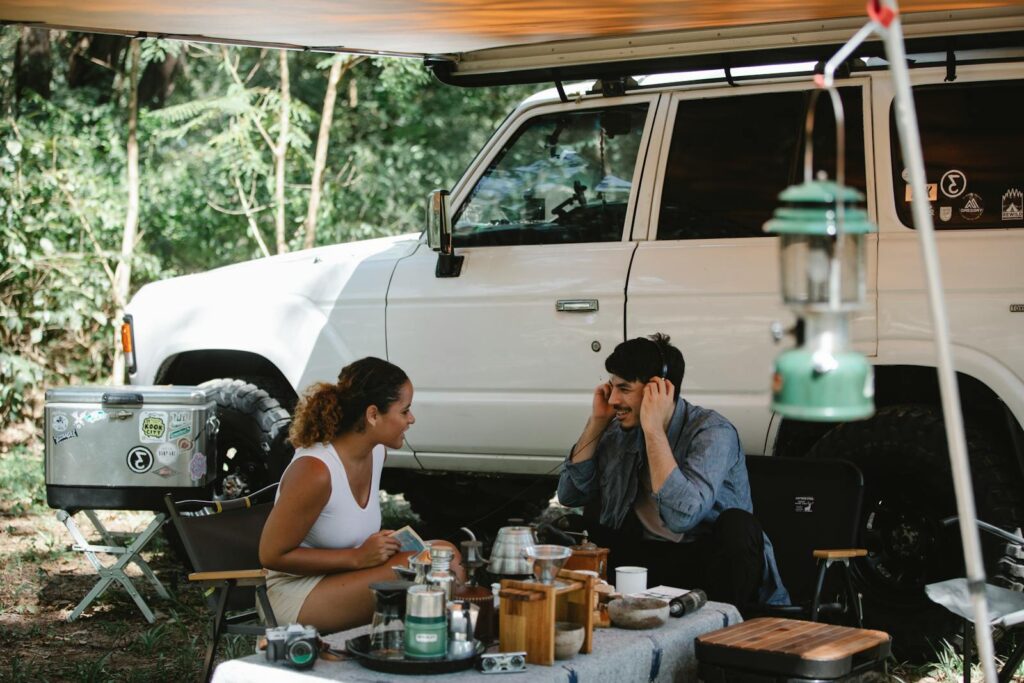
The beauty of car camping lies in the freedom to prioritize comfort without worrying extensively about weight or space limitations. A spacious tent with room to stand up straight makes changing clothes and organizing gear significantly more pleasant, while thick sleeping pads or even air mattresses can transform sleeping outdoors into a genuinely restful experience. A properly stocked camp kitchen might include a two-burner propane stove, a table for food preparation, and a comprehensive set of cooking utensils that allow you to prepare meals similar to what you’d make at home. Lighting deserves special attention, with options ranging from powerful lanterns for the campsite to headlamps for nighttime bathroom trips and string lights to create ambiance around your temporary home. Don’t forget camping chairs, a tablecloth for the picnic table, games for entertainment, and perhaps even portable power stations to keep devices charged—luxuries that would be impractical on more remote adventures.
Introduction to Frontcountry Camping: The Middle Ground
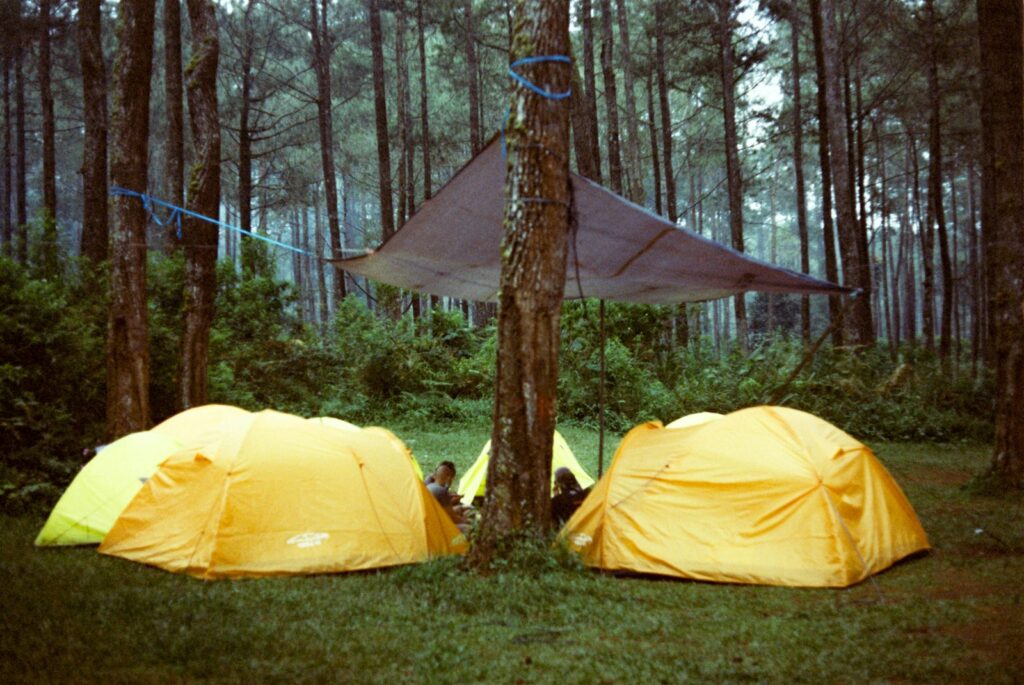
Frontcountry camping occupies the middle ground between car camping and backcountry experiences, typically involving a short walk from your parking spot to a designated campsite. These campgrounds often feature more spacing between sites than traditional car camping areas, creating a greater sense of privacy while still maintaining access to basic amenities like pit toilets and potable water sources. The modest separation from vehicles naturally reduces the amount of gear campers bring, beginning the transition toward more minimalist camping approaches. Frontcountry experiences maintain the safety net of being relatively close to facilities and other campers while offering a more authentic outdoor experience with fewer of the crowds and noises associated with popular car camping destinations. This style serves as an excellent stepping stone for those interested in eventually venturing further into the wilderness.
Backcountry Camping: Embracing the Wilderness Experience
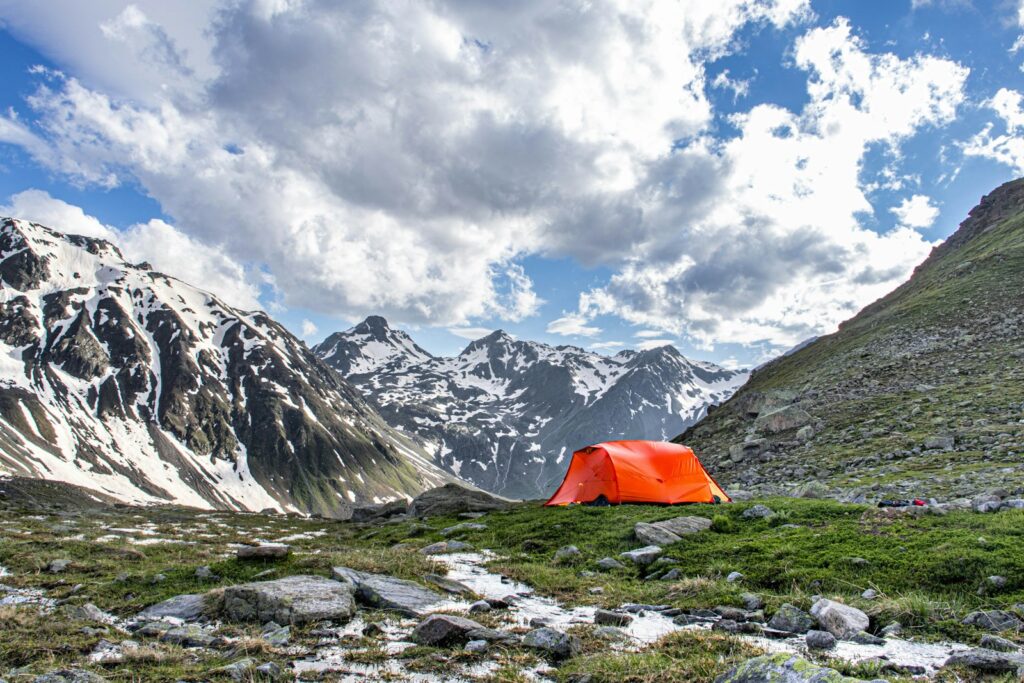
Backcountry camping represents the purest form of wilderness immersion, where campers venture beyond road access and established facilities to experience nature on its own terms. This style requires carrying all necessary supplies in a backpack, hiking to remote locations, and setting up camp in designated backcountry sites or, where permitted, choosing your own spot according to Leave No Trace principles. The physical demands are substantially higher than other camping styles, as everything needed for survival must be carried on your back, often over challenging terrain and significant distances. The reward for this effort comes in the form of unparalleled solitude, pristine natural settings, star-filled skies unmarred by light pollution, and the profound sense of self-sufficiency that comes from thriving in remote environments. Backcountry camping typically requires permits, proper planning, and specialized lightweight equipment to execute safely and responsibly.
Specialized Gear Requirements for Backcountry Adventures
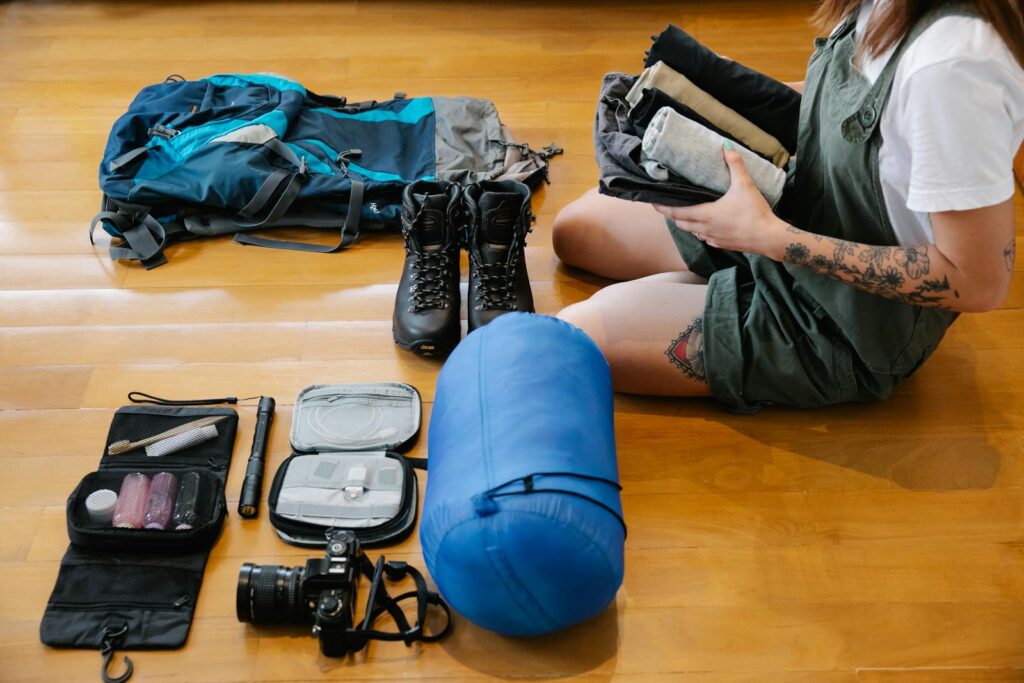
The backcountry camper’s gear philosophy centers around the delicate balance between necessity and weight, with every item scrutinized for its utility-to-ounce ratio. Backpacking tents emphasize lightweight materials and compact packed size over spaciousness, while sleeping systems combine minimalist pads with temperature-appropriate sleeping bags rated for the expected conditions. Food planning requires careful consideration, focusing on lightweight, calorie-dense options that can be prepared with minimal fuel using simple backcountry stoves that weigh mere ounces. Water treatment becomes essential rather than optional, with filters, purification tablets, or UV purifiers ensuring safe drinking water from natural sources. Navigation tools including topographic maps, compasses, and possibly GPS devices are critical safety items, as are first aid supplies tailored to wilderness settings where professional medical help may be hours or days away. The investment in quality lightweight gear represents both a financial commitment and a learning curve that separates casual outdoor enthusiasts from dedicated backcountry travelers.
Safety Considerations Across Different Camping Styles
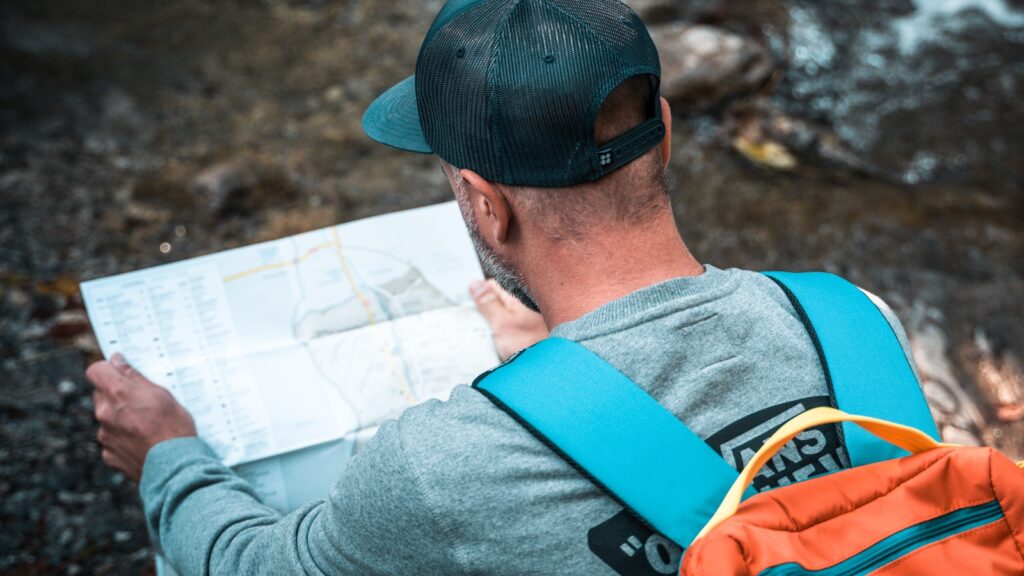
Safety requirements escalate considerably as you move from developed campgrounds toward remote backcountry experiences. Car camping safety focuses primarily on proper food storage to prevent wildlife encounters, fire safety at established fire rings, and basic first aid for minor injuries, with the comfort of knowing emergency services are typically just a phone call away. Backcountry safety, by contrast, demands comprehensive preparation for self-sufficiency in emergencies, including navigation skills to avoid becoming lost, knowledge of local wildlife behavior and appropriate food storage methods, understanding of weather patterns and appropriate responses, and more advanced wilderness first aid capabilities. Communication options change dramatically too, with cell service unreliable in remote areas, potentially necessitating satellite communicators or personal locator beacons for emergency situations. Every camper, regardless of style, should always inform trusted contacts of their specific plans, including expected return dates and times, especially when venturing beyond developed campgrounds.
Wilderness Skills: What You Need to Know Before Going Remote
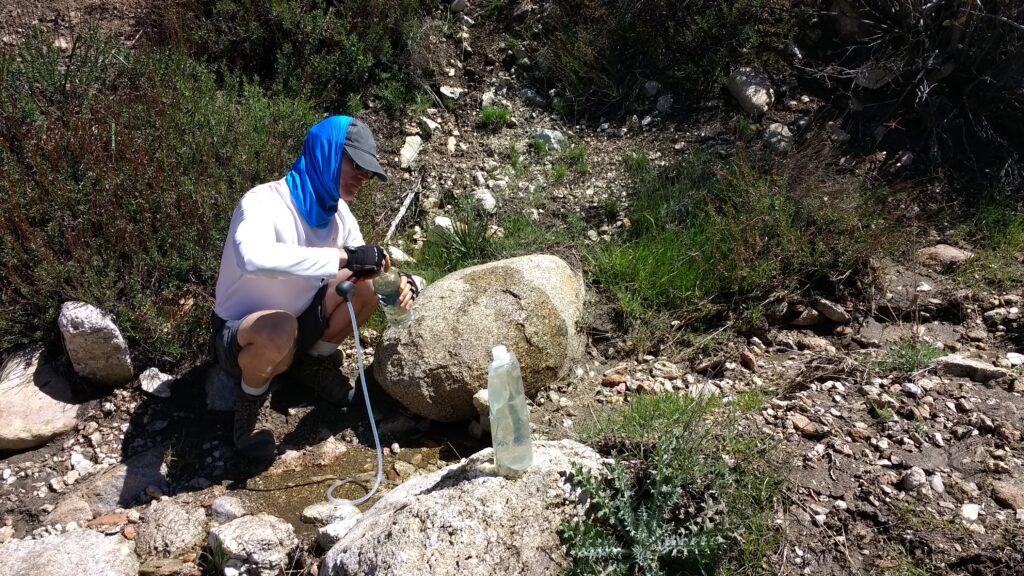
The transition from car camping to backcountry exploration requires developing a set of specialized skills that become increasingly critical as you venture farther from civilization. Navigation stands as perhaps the most fundamental of these skills, encompassing the ability to read topographic maps, use a compass effectively, identify landmarks, and maintain situational awareness in areas without clear trails or signage. Weather interpretation becomes essential when you’re days from shelter, requiring knowledge of cloud formations, pressure systems, and local weather patterns that might signal approaching storms. Water sourcing and purification techniques ensure safe hydration, while terrain assessment skills help identify safe river crossings, avoid avalanche-prone slopes, and locate suitable camping areas. Perhaps most importantly, backcountry travelers must master Leave No Trace practices to minimize their impact, including proper human waste disposal, campsite selection that prevents damage to fragile ecosystems, and food storage methods that don’t habituate wildlife to human presence.
Finding Your Place on the Camping Spectrum: A Self-Assessment
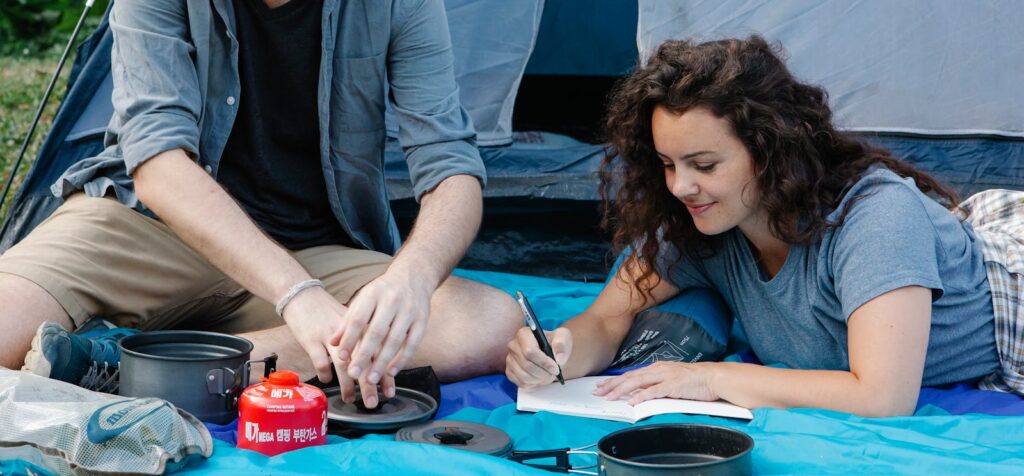
Determining your ideal camping style requires honest self-reflection about your priorities, physical capabilities, comfort requirements, and desired experiences. Consider your previous outdoor experiences and which aspects you enjoyed most—was it the social atmosphere of a bustling campground, or perhaps the moments of quiet contemplation in natural settings? Assess your physical condition realistically, recognizing that backcountry travel with a loaded pack demands cardiovascular fitness and strength that must be developed progressively. Evaluate your tolerance for discomfort, from sleeping on thin pads to dealing with weather extremes and insect pressure without the escape option of a nearby vehicle. Budget considerations also play a role, with backcountry camping requiring specialized lightweight gear that often comes with higher price tags, though the absence of campground fees can offset these costs over time. Remember that many passionate outdoor enthusiasts engage in different camping styles depending on their goals for specific trips, their companions, and available time—there’s no need to commit exclusively to one approach.
Transitioning From Car Camping to Backcountry: A Step-by-Step Approach
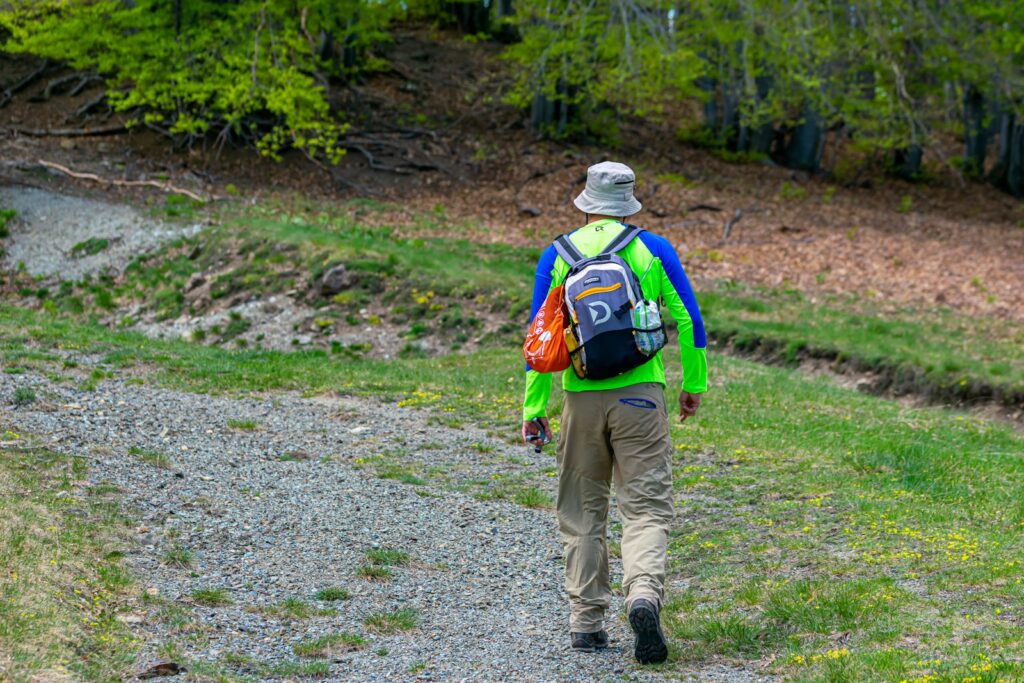
Moving from car camping to backcountry adventures works best as a gradual progression that builds skills and confidence while accumulating appropriate gear. Begin by incorporating short day hikes from your car camping base, carrying a daypack with essentials to develop comfort with trail navigation and physical conditioning. Next, experiment with frontcountry camping where you’ll walk a short distance to your site, practicing packing more efficiently and relying less on car-accessible luxuries. Progress to an overnight backpacking trip on a well-marked trail with established campsites, perhaps in a popular area where other hikers provide an additional safety buffer. Gradually increase trip duration and remoteness as your experience grows, potentially joining guided trips or connecting with more experienced backpackers through clubs or social media groups to accelerate your learning. Many state parks and national forests offer ideal intermediate experiences with backcountry sites that require permits but remain relatively accessible, providing perfect training grounds before tackling more ambitious wilderness objectives.
Environmental Impact: Practicing Leave No Trace Across Camping Styles

Regardless of where you fall on the camping spectrum, minimizing environmental impact remains an ethical responsibility for all outdoor enthusiasts. In developed campgrounds, this means respecting fire regulations, staying on established paths, properly disposing of waste in provided facilities, and respecting quiet hours that allow wildlife to maintain natural behaviors. As you move into less developed areas, the principles of Leave No Trace become increasingly critical: travel on durable surfaces, dispose of waste properly (including packing out all trash and properly burying human waste), leave natural and cultural features undisturbed, minimize campfire impacts or use stoves instead, respect wildlife by observing from a distance, and be considerate of other visitors seeking their own experiences. Backcountry travelers must be particularly vigilant about campsite selection, avoiding fragile vegetation and maintaining appropriate distances from water sources, while dispersing activity in pristine areas to prevent the creation of unsanctioned trails and campsites that concentrate impact.
Cost Comparison: Budget Implications of Different Camping Styles
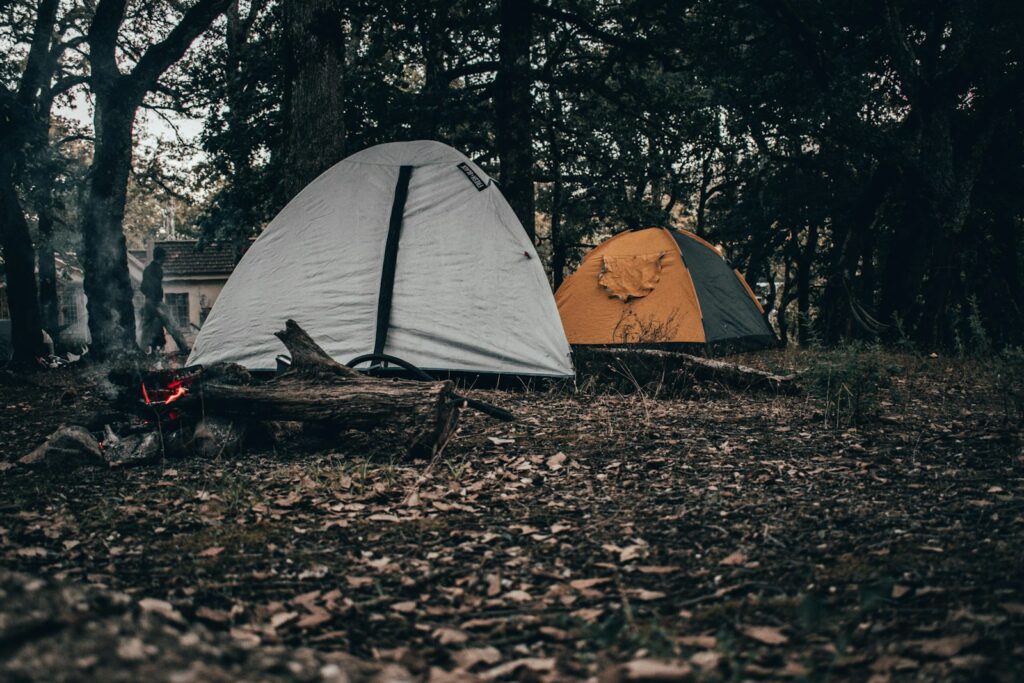
The financial aspects of different camping approaches involve tradeoffs between initial gear investments and ongoing trip expenses. Car camping typically requires less specialized equipment, with affordable family tents, sleeping bags, and cooking equipment available at reasonable price points, though campground fees ranging from $15-50 per night add up quickly for frequent campers. The transition to backcountry camping necessitates significant initial investment in lightweight gear—quality backpacks, compact tents, ultralight sleeping systems, and efficient cooking setups—easily totaling $1,000-2,000 for a complete kit of new equipment. However, backcountry permits, when required, generally cost less than developed campground fees, and many remote destinations have no usage fees at all beyond parking passes. Additionally, the backcountry kit typically lasts for many seasons with proper care, amortizing the cost across numerous adventures. Budget-conscious outdoor enthusiasts can mitigate expenses by purchasing used gear, watching for seasonal sales, and gradually upgrading their equipment as they gain experience and clarity about their specific needs.
Making Your Decision: Matching Camping Style to Personal Goals
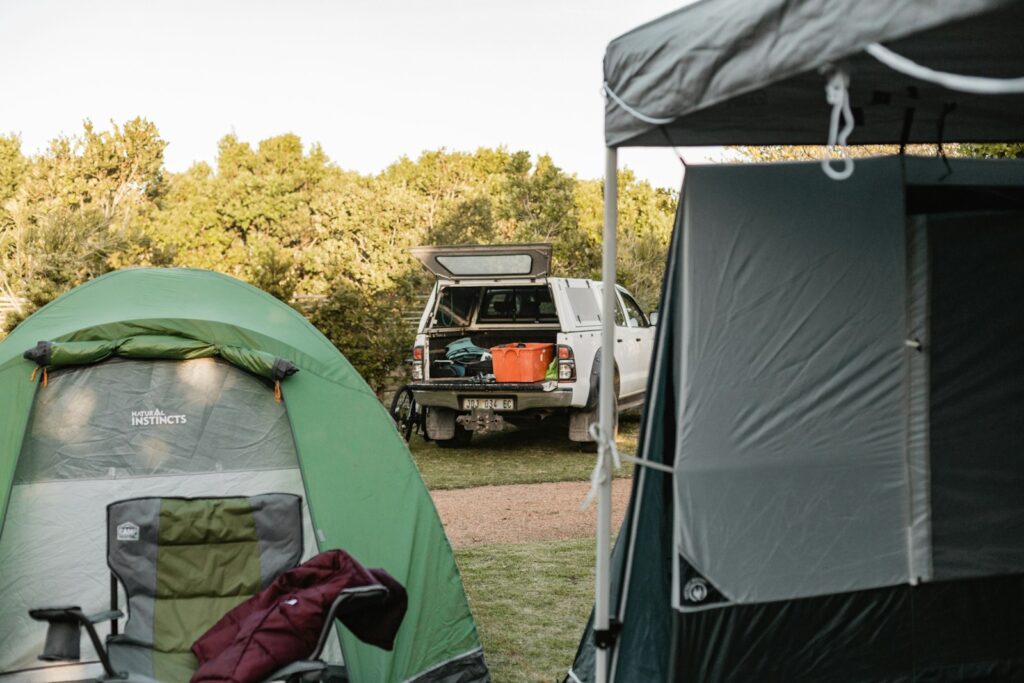
The “right” camping style ultimately depends on what you hope to gain from your outdoor experiences and the context of specific trips. Car camping excellently serves those prioritizing family togetherness, social gatherings, comfort, accessibility for diverse physical abilities, and minimal preparation time for weekend getaways. Backcountry camping better fulfills desires for solitude, immersive nature experiences, physical challenges, photography in pristine settings, and the deep satisfaction that comes from self-reliance in wilderness settings. Many outdoor enthusiasts ultimately incorporate multiple camping styles into their repertoire, perhaps using car camping for quick weekend escapes or trips with less experienced companions, while reserving backcountry adventures for longer vacations or solo journeys. The beauty of developing camping skills across the spectrum lies in the flexibility to choose the approach that best serves each specific adventure, season, and set of companions, rather than limiting yourself to a single style.
Conclusion
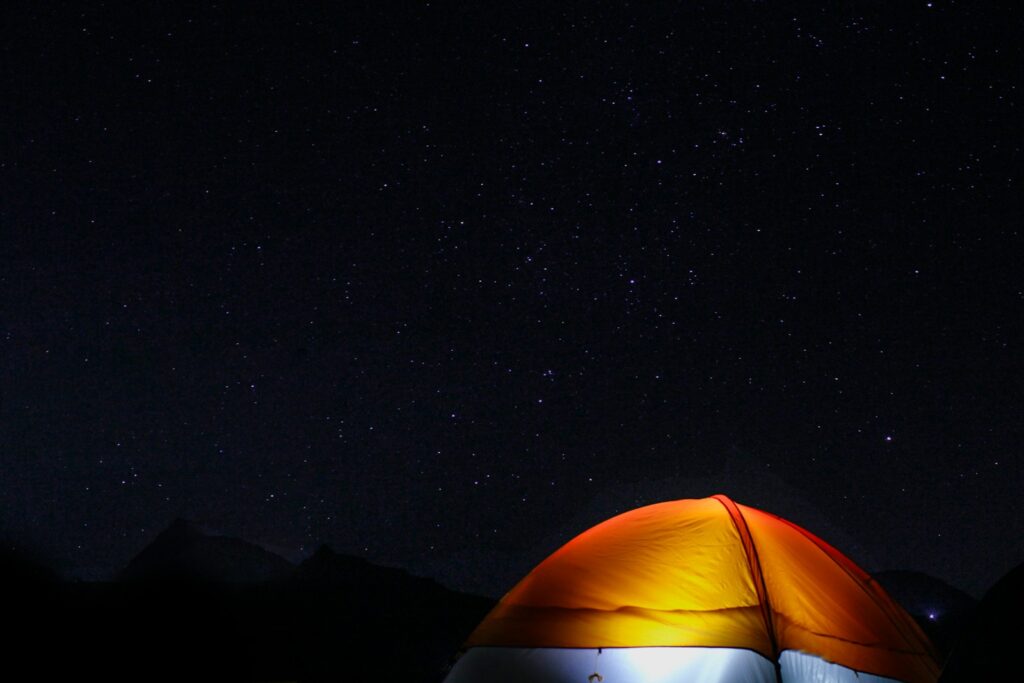
The journey from car camping to backcountry exploration represents not just a progression in camping styles but an evolution in how we experience the natural world. Each approach offers distinct rewards, challenges, and opportunities for connection with both nature and companions. Whether you prefer the accessibility and comfort of car camping, the solitude and immersion of backcountry travel, or something in between, the outdoor experience you create is valid and valuable. The most important aspect isn’t which style you choose, but rather that you’re making the conscious decision to step away from daily routines and engage directly with natural spaces. By understanding the requirements and rewards of different camping approaches, you can make informed choices that align with your current capabilities, comfort needs, and aspirations—perhaps even progressing along the spectrum as your experience and confidence grow.

